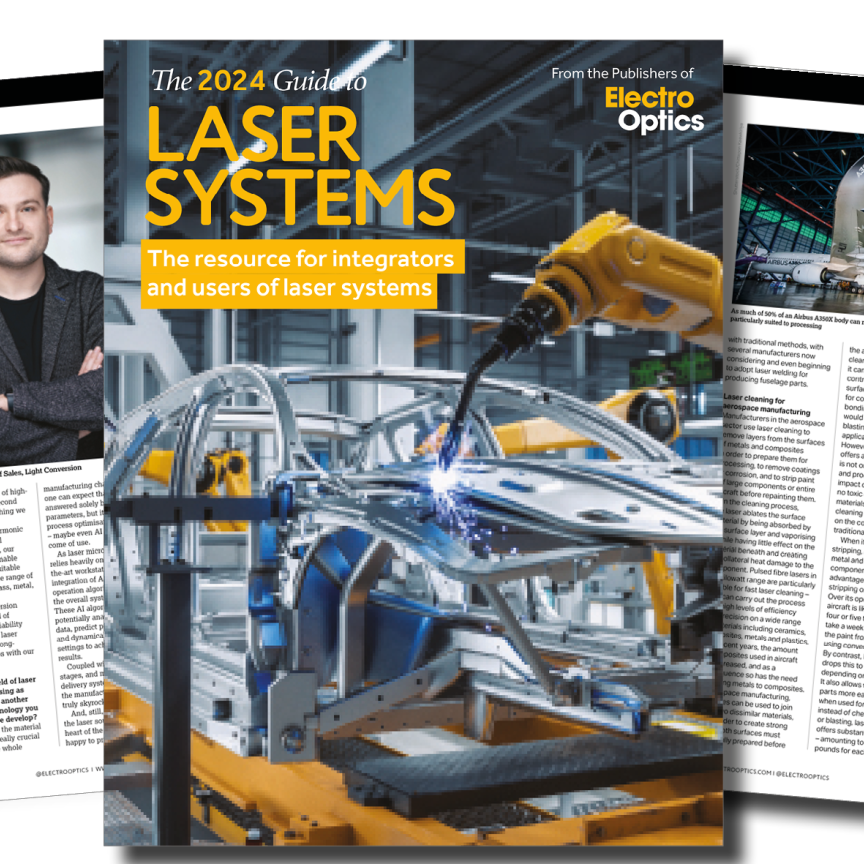A spectroscopy system for the early diagnosis of cancer has been developed by a project involving 13 industry and academic partners from across Europe. The device, which also has potential applications in environment and energy and security, has driven the introduction of new products including lasers, supercontinuum sources (SCSs), acousto-optic modulators and drivers, crystal and related components and detectors for the mid-IR.
Co-ordinated by Gooch & Housego, the MINERVA project (MId- to NEaR infrared spectroscopy for improVed medical diAgnostics), which ran from 2012 to July 2017, was set up to investigate mid-infrared (mid-IR) technology to improve the early diagnosis of cancer.
At the time of the project start in 2012, while it had become clear that mid-IR imaging spectroscopy could offer an effective tool for early cancer diagnosis and improved survival rates, the lack of suitable sources, detectors and components meant there was restricted progress. MINERVA aimed to develop the underlying photonic hardware, and investigate the potential for the technology.
The MINERVA mid-infrared system enables the analysis of a wide variety of biological constituents, such as fats, proteins, and DNA. In addition to medicine and healthcare, this region of the spectrum offers possibilities for real-time molecular-sensing in environment and energy (for example monitoring exhaust gases) and security (detection of narcotics or explosives; food security).
MINERVA has developed fibre, lasers and broadband sources, components, modulators and detectors to access this important part of the spectrum. In parallel, it has identified analytical techniques using the new photonic hardware which in due course could help to improve early skin cancer diagnosis and the rapid automatic assessment of biopsy samples using a microscope.
Tools and processes developed under MINERVA:
- Chalcogenide fibres for infrared transmission and supercontinuum generation
- Ultra-low loss Pr-doped fibre for mid-IR fibre lasers
- First ever single-mode ZBLAN fused fibre coupler
- Various AOTFs for the wavelength range 1.5-4.5µm
- Acousto-optic q-switch suitable for 2.9µm operation
- A novel multi-channel ‘smart driver’ offering extremely flexible AOTF operation
- A new long-λ Ge based acousto-optic modulator suitable for operation beyond 10µm
- Largest reported single crystal calomel crystals (35mm diameter)
- Highest peak power 2.9µm laser (10.6kW)
- Longest wavelength ZBLAN supercontinuum source
- Record long wavelength average power (24mW >4.5μm) and long wavelength supercontinuum bandwidth (1.4-13.3μm)
- Broadest mid-IR SCG in a tapered chalcogenide PCF spanning 1–11.5μm
- Advances in T2SL mid-IR based sensors (detectors and readout ICs)
- First evaluation of multivariate algorithms with high spatial resolution FTIR
- Human skin equivalent standardised models
- Segmentation and registration algorithms for identification of structures in microscope images
- Algorithms for identification and differentiation of tumour cells from normal skin cells
- High resolution mid-IR imaging microscope based on SCS in the 3-4.5µm wavelength range
- Scanning modality microscope based on SCS in the 4-7.5µm wavelength range

